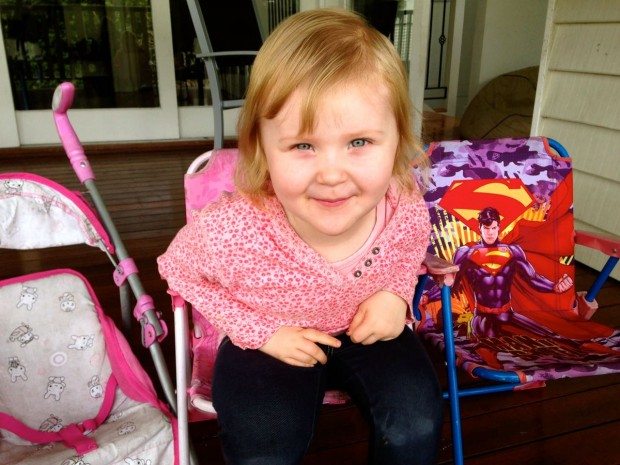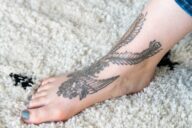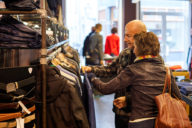I was given an amazing opportunity to present to a school on the subject of ‘Reflection’. This school was trying to address some behavioural issues and decided that delivering a fortnightly skit on ‘good’ behaviour at assembly would be part of the solution.
I saw this as an excellent opportunity to present to the whole school and to share the responsibility that we each have with the way we are, how we affect others and what we reflect to others from our choices and our way of being.
I decided that I didn’t want to speak to or at the students, but I wanted to show them with simple, practical examples in order to generate responses from them.
After I got the whole school’s attention by raising my hand and waiting patiently for everyone to stop, to look and to listen, I spoke in a low, calm voice and they tuned into my every word. There was no need for a microphone or for me to raise my voice. This was all setting the tone and feel for the presentation, as it was about reflection, so I was taking responsibility for everything I was actually reflecting to them by bringing gentleness to the way I spoke, the way I walked, the way I looked and engaged with my eyes.
I asked the whole school to just watch, explaining that I was going to do the one action three times and they had to observe very carefully.
I asked the students to pay attention to:
- what they see
- what they hear
- most importantly, what they feel.
At the back of the hall I had 3 chairs and at the front of the hall I had 3 papers, 3 pens and a whiteboard.
Firstly I stormed to the back of the hall, my heels making lots of noise and magnifying the anger I was walking in: I grabbed a chair, stormed back with it, banged it down at the front of the hall, wrote something on the board aggressively and slammed down the paper and pen on the chair.
Secondly, after taking a moment to bring myself back to being gentle, I gently walked to the back of the room, bringing presence to every step and gracefully making my way to the chair. I walked with my head up and my posture correct. I caringly picked the chair up in a way that supported my body and with presence, walked it back to the front of the room, paying attention to the way and care of how I placed it down. I wrote on the whiteboard with gentleness, allowing myself to feel my fingertips as I wrote. I then placed the pen and paper on the chair with care, making sure it was where it needed to be.
Thirdly, I walked back down to the end of the hall with my head down and shoulders slumped with each step having a dragging, given-up feel to it. I then took hold of the chair and dragged it to the front of the hall in a disregarding way; I sloppily wrote on the board and just dumped the pen and paper on the chair.
From here I asked the children one question:
“Which one out of the three chairs would you like to sit on?”
They all pointed to the middle one and from the principal sharing with me afterwards, the kindy, pre-primary and year 1’s not only pointed but were up on their knees pointing to the middle one.
From here the discussion and communication was amazing. I opened it up and asked: What did you see? What did you hear? What did you feel? What did you observe and what happened to your body during each skit?
‘When you walked angrily I felt scared and didn’t want to be near you.’
‘When you walked gently I felt cared for.’
‘When you stormed down I could feel the floor move.’
‘When you dragged the chair it felt like you didn’t care’ and so on . . .
We were then able to discuss true reflection and how we affect others with the way we speak, the way we walk and the way we look. This presentation gave me an enormous appreciation for the power of reflection: the effect of what I presented to the students was astounding.
They really got it and participated fully, feeling the power of what I shared. Another awesome confirmation happened the next day in my year 6 class – the first girl who walked in said ‘I am going to do what Ms did yesterday with my chair’ and six others followed her doing the same. The ripple effect!
Inspired by the true reflection, work and presentations of Serge Benhayon, the practitioners of Universal Medicine and the student body.
By Johanna Smith, Waikiki, Perth WA
Bachelor of Education (Major Special Needs, Minor Psychology), Graduate Certificate of Early Childhood, Practitioner of Esoteric Therapies, Wife, Mother, Teacher, Practitioner, Writer
Further Reading:
Serge Benhayon – A Real Example of Walking the Talk
Inspired by Serge Benhayon & Universal Medicine: Feeling the True Me





